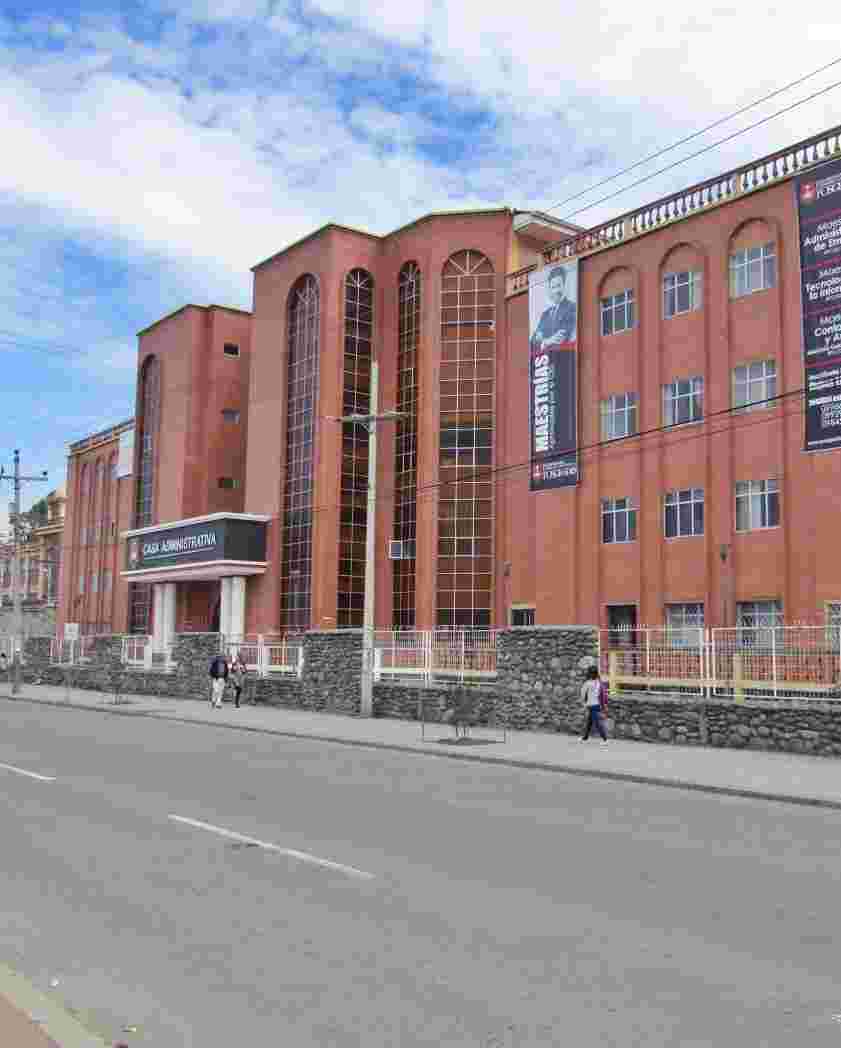Relación entre la edad cronológica y la calcificación dental del tercer molar inferior mediante el método de Demirjian, en radiografías panorámicas, Azogues 2018-2023.
| dc.contributor.advisor | Domínguez Quinteros , Darío Andrés | |
| dc.contributor.author | Torres Ocampo, Brayan Alexander | |
| dc.contributor.cedula | 1150213039 | |
| dc.coverage | Azogues-Ecuador | |
| dc.date.accessioned | 2025-10-21T20:55:11Z | |
| dc.date.available | 2025-10-21T20:55:11Z | |
| dc.date.issued | 2025-10-21 | |
| dc.description | La estimación de la edad cronológica a través del análisis del tercer molar constituye un método fiable y relevante en odontología forense y medicina legal. El método de Demirjian es ampliamente usado para valorar la maduración dental. OBJETIVO: Determinar la relación entre la edad cronológica y la calcificación dental en terceros molares izquierdos y derechos mediante el método Demirjian, en radiografías panorámicas. METODOLOGÍA: Investigación de campo con enfoque cuantitativo y diseño descriptivo retrospectivo. Se analizaron 868 ortopantomografías digitales para evaluar la maduración de 3.8 y 4.8; la muestra incluyó 408 hombres y 460 mujeres, de 7 a 24 años. El muestreo fue intencional, seleccionando radiografías con ambos molares inferiores. El análisis se realizó en JASP v0.95.0.0 mediante estadística descriptiva e inferencial: χ² para asociación por sexo, t-Student y U de Mann–Whitney según normalidad y Spearman para correlaciones, con p<0,05. RESULTADOS: Los estadios de Demirjian mostraron progresión etaria: 3.8 de 9,1 ± 1,0 (A) a 21,8 ± 1,6 (H) y 4.8 de 9,5 ± 2,2 a 21,8 ± 1,6, con concentración en estadio G (promedio 20 años). La correlación entre 3.8 y 4.8 fue muy alta (rs = 0,953). Se identificaron diferencias significativas por sexo en estadios C, G y H (ambas piezas) y A (3.8), con predominio femenino. Entre estadios A–C predominan sujetos con promedio 12 años; D–E con 18 años y F–H adultos mayores de 18. La posibilidad de ser < 18 años en los estadios: A-C fue entre 100% y 99,18%. Por su parte, en estadios avanzados G y H la probabilidad de ser ≥ 18 años es de 94,56% (3.8) y 94,54% (4.8). CONCLUSIONES: La mineralización de terceros molares inferiores evaluada con Demirjian permite estimar con fiabilidad la mayoría de edad. Los estadios avanzados incrementan la probabilidad de ser ≥18 años. La correlación bilateral confirma la consistencia del desarrollo dental y respalda su aplicación forense. | |
| dc.description.abstract | The estimation of chronological age through analysis of the third molar constitutes a reliable and relevant method in forensic dentistry and legal medicine. The Demirjian method is widely used to assess dental maturation. OBJECTIVE: This study aimed to determine the relationship between chronological age and dental calcification of the left and right third molars using the Demirjian method on panoramic radiographs. METHODS: Field research with a quantitative approach and a retrospective descriptive design was conducted. A total of 868 digital panoramic radiographs were analyzed to assess the maturation of teeth 3.8 and 4.8; the sample included 408 males and 460 females, aged 7 to 24 years. Sampling was purposive, selecting radiographs that included both lower molars. Analysis was performed in JASP v0.95.0.0 using descriptive and inferential statistics: χ² for association by sex, Student’s t-test and Mann–Whitney U test depending on normality, and Spearman’s rank correlations, with p<0.05. RESULTS: Demirjian stages showed age progression: 3.8 from 9.1 ± 1.0 (A) to 21.8 ± 1.6 (H) and 4.8 from 9.5 ± 2.2 to 21.8 ± 1.6, with concentration in stage G (mean 20 years). The correlation between 3.8 and 4.8 was very high (rs = 0.953). Significant sex differences were identified in stages C, G, and H (both teeth) and stage A (3.8), with a female predominance. Between stages A–C, subjects averaged 12 years; D–E averaged 18 years; and F–H were adults older than 18. The probability of being < 18 years in stages A–C ranged from 100% to 99.18%. Conversely, in advanced stages G and H, the probability of being ≥ 18 years was 94.56% (3.8) and 94.54% (4.8). CONCLUSIONS: Mineralization of the lower third molars evaluated using the Demirjian method allows reliable estimation of the majority age. Advanced stages increase the probability of being ≥ 18 years. The bilateral correlation confirms the consistency of dental development and supports its forensic application. Keywords: chronological age, third molar, Demirjian. | |
| dc.description.uri | Tesis | |
| dc.format | application/pdf | |
| dc.format.extent | 34 páginas | |
| dc.identifier.citation | Torres Ocampo,B.A. (2025) Relación entre la edad cronológica y la calcificación dental del tercer molar inferior mediante el método de Demirjian, en radiografías panorámicas, Azogues 2018-2023. | |
| dc.identifier.other | 10BT2025-TOdo-25 | |
| dc.identifier.uri | https://dspace.ucacue.edu.ec/handle/ucacue/20832 | |
| dc.language.iso | spa | |
| dc.publisher | Universidad Católica de Cuenca. | es_ES |
| dc.relation.uri | http://creativecommons.org/licenses/by/4.0/deed.es | |
| dc.rights | info:eu-repo/semantics/openAccess | es_ES |
| dc.rights | Atribución 4.0 Internacional | es_ES |
| dc.rights.uri | http://creativecommons.org/licenses/by/4.0/deed.es | es_ES |
| dc.source | Universidad Católica de Cuenca | es_ES |
| dc.source | Repositorio Institucional - UCACUE | es_ES |
| dc.subject | EDAD CRONOLÓGICA, TERCER MOLAR, DEMIRJIAN. | |
| dc.title | Relación entre la edad cronológica y la calcificación dental del tercer molar inferior mediante el método de Demirjian, en radiografías panorámicas, Azogues 2018-2023. | |
| dc.type | info:eu-repo/semantics/article | |
| thesis.degree.discipline | Unidad Académica de Salud y Bienestar | |
| thesis.degree.grantor | Universidad Católica de Cuenca ,Campus Azogues Odontologia | |
| thesis.degree.level | Título Profesional | |
| thesis.degree.name | Pregrado | |
| thesis.degree.program | presencial |




